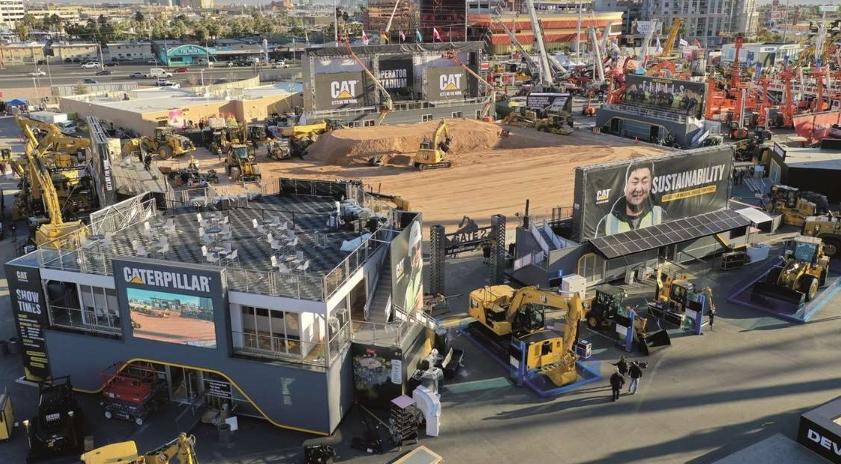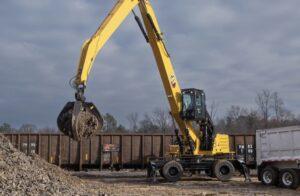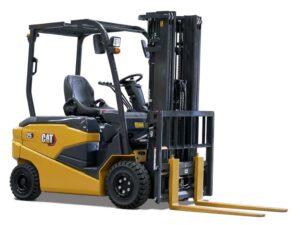Jason Conklin, Caterpillar’s Senior Vice President of Global Construction and Infrastructure, has an extensive travel history, having visited over 80 countries and all 50 states in the US. According to him, the most common concern voiced by customers worldwide is the scarcity of skilled workers. He emphasizes that this issue consistently ranks as the number one challenge expressed by every customer he engages with.

The Caterpillar’s stand serves consistent ranking at the top of International Construction’s Yellow Table, an annual list of the world’s largest OEMs based on sales, further reinforces their influence. When Caterpillar speaks, the industry pays attention, which is why their perspective on alternative power, currently a widely-discussed topic, generates significant interest.
Regarding this matter, Conklin emphasizes the importance of a comprehensive approach, stating:
“We need to explore all avenues. We are committed to lithium-ion battery technology, researching hydrogen combustion, and exploring hydrogen fuel cells. However, perhaps most significantly, we are focused on enhancing the fuel efficiency and sustainability of our current diesel machines for the future.”
In regards to battery-powered equipment, Caterpillar made headlines last year with the unveiling of four electric prototypes: the 301.9 mini excavator, 906 compact wheeled loader, 320 medium excavator, and 950 GC medium wheeled loader. These prototypes are all powered by lithium-ion batteries. When it comes to electric power, Conklin acknowledges that Caterpillar anticipates potential government requirements that may incentivize the adoption of electric technology.
How to make construction more sustainable
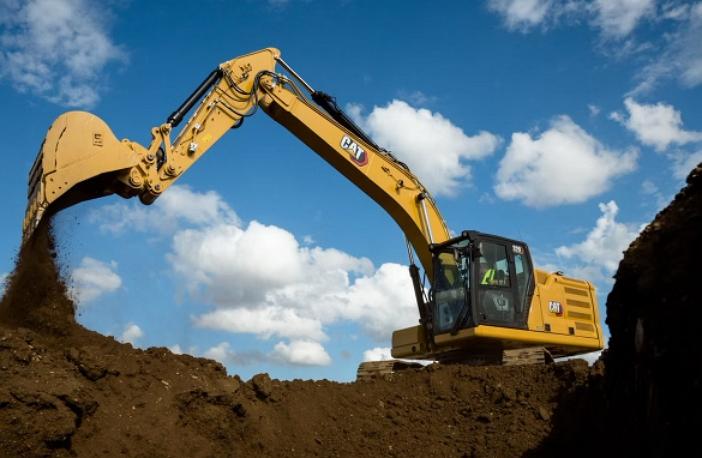
According to Conklin, Caterpillar, along with other major OEMs, recognizes the need to explore all possible avenues when it comes to alternative power sources. The future of the industry remains uncertain, and no OEM or engine manufacturer can definitively predict what lies ahead. Therefore, it is crucial for companies like Caterpillar to remain adaptable and consider multiple approaches to address the evolving landscape of power sources.
Conklin emphasizes the significant advancements in the cleanliness and sustainability of diesel equipment, highlighting the ongoing progress in this area. Caterpillar remains dedicated to a continuous journey of improvement, striving to ensure that each new product they introduce surpasses its predecessor in terms of sustainability. The company is committed to meeting the evolving demands for cleaner and more environmentally friendly machinery.
Conklin highlights the significant progress in fuel efficiency achieved by Caterpillar, with a notable reduction of fuel burn by 35% compared to machines from a decade ago. This improvement translates to a reduction in carbon emissions. According to Conklin, it is crucial for diesel equipment to become increasingly sustainable, and Caterpillar takes pride in its accomplishments in enhancing fuel efficiency.
Caterpillar has made its sustainability goals transparent, aiming to achieve a 30% reduction in absolute greenhouse gas (GHG) emissions from its operations by 2030. Conklin acknowledges this as a “pretty bold goal” but emphasizes that Caterpillar has already made significant progress in this area. Since 2006, the company has successfully reduced GHG emissions in its operations by approximately 50%.
Increased productivity and efficiency play a crucial role in reducing greenhouse gas (GHG) emissions, and technology is a key enabler in achieving these goals. Caterpillar recognizes this and has launched an updated version of VisionLink, which integrates various legacy solutions that were previously built on different platforms with fragmented interfaces. The company has streamlined and consolidated these capabilities into a unified solution that is scalable for customers of all sizes. Moreover, VisionLink is accessible through both desktop and mobile devices, providing a seamless user experience.
VisionLink offers users a comprehensive range of features, empowering them to access and manage their data efficiently. With this platform, users can effortlessly oversee their fleets, schedule tasks, and access important metrics such as asset location, fuel level, and idle time. Furthermore, VisionLink stands out by enabling users to manage equipment and attachments seamlessly, regardless of the brand. This flexibility enhances the overall productivity and effectiveness of fleet management operations.
“It’s a complete fleet solution. Initially, we envisioned VisionLink as primarily a Caterpillar application for Cat assets,” Conklin shares. “However, as we engaged with customers, we realized that they had diverse fleets comprising multiple trucks, attachments, and even competitive equipment. We wanted to ensure that VisionLink could cater to all those needs.”
Technologies like VisionLink will undoubtedly play a crucial role in the construction industry’s sustainability efforts, along with automation. When it comes to autonomy, the construction sector is still in its early stages compared to industries like mining, but it is steadily progressing.
“With mining, we have achieved a significant milestone, as our machines have autonomously moved over 5.5 billion metric tons across 25 mine sites. What makes us most proud is that we have accomplished this without any injuries resulting from autonomy,” highlights Conklin. “This showcases the tremendous power of autonomy, not only in enhancing productivity but also in improving safety.”
Autonomy in the construction industry
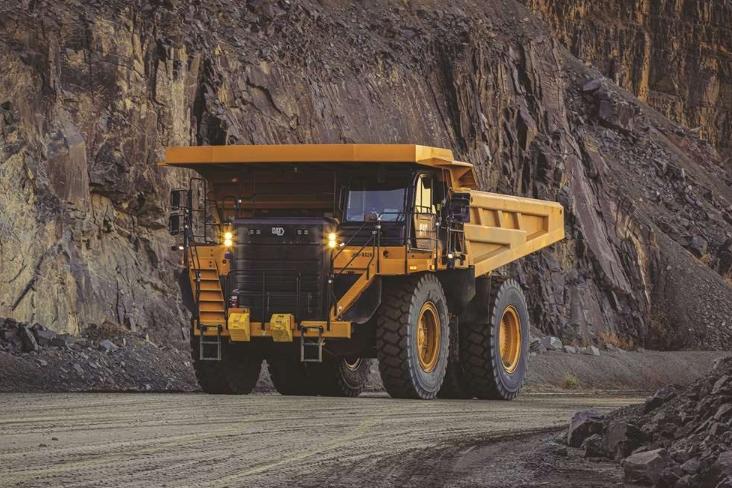
Caterpillar is engaged in a close partnership with Luck Stone, the largest family-owned producer of crushed stone, sand, and gravel in the United States. Together, they are implementing Caterpillar’s autonomous solution at the Bull Run plant located in Virginia. This venture marks Caterpillar’s inaugural deployment of autonomous technology in the aggregates industry. Conklin emphasizes that this collaboration will enhance their knowledge of autonomy operations in sites with fewer mobile assets and facilitate the expansion of this technology into the construction sector.
“The implementation of this project enables us to expedite our learning process and apply the insights gained from mining operations to quarry environments. Subsequently, we envision the logical progression of automation in areas such as paving, where machines like soil compactors and asphalt compactors can be automated.”
According to Conklin, the journey towards autonomy is extensive, but the potential is significant.
“We begin by introducing autonomous features in our machines, and then we move towards a Cat Command remote control solution where the operator can control the equipment from a distance.”
“Full autonomy is another level, and while some customers are prepared for it, others may not be. However, Caterpillar has the expertise and experience to embrace it when the industry is ready.”

